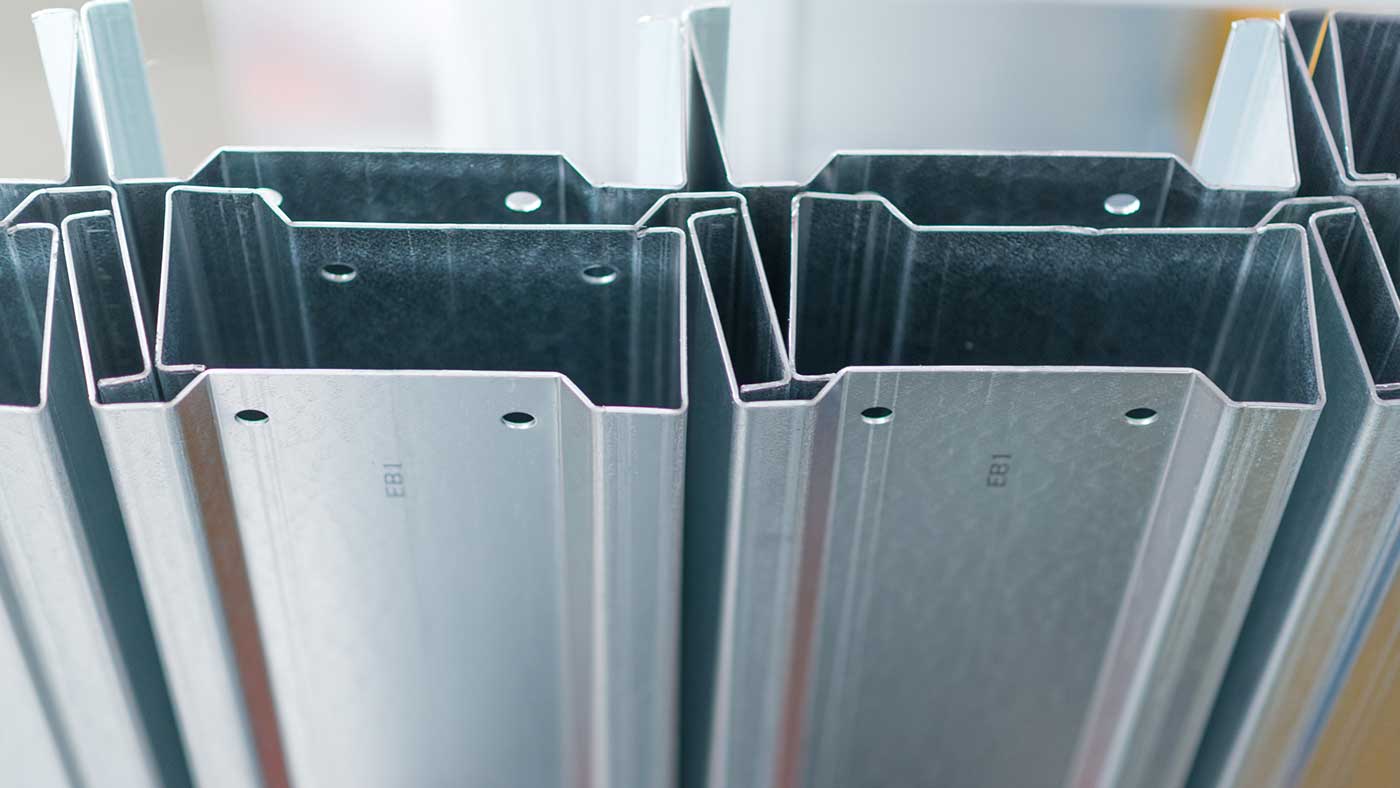AntiCon – Condensation Control
Condensation is controlled by AntiCon in an environment where condensation occurs cyclically. It does not prevent condensation and is damp to the touch when functioning. For the fleece to work properly the building has to be adequately ventilated to allow the material to dry out between the cycles.
AntiCon is suitable for use on roofs at all pitches of 5˚ and above; more moisture is retained at lower pitches and therefore endlap treatment is required for roofs between a 5 – 10˚ pitch.
The AntiCon fleece absorbs and holds condensate until it can evaporate, whilst slowing its formation by insulating the sheeting and reduces dripping from the underside of the roof.
Benefits of AntiCon:
- Holds condensate safely until it evaporates.
- Prevents condensate dripping from the underside of the roof.
- Slows the formation of condensate by insulating the sheeting.
- AntiCon has good resistance to most acids, hydroxides and sulphides and does not support the growth of bacteria or mould.
- If necessary, AntiCon can be cleaned by pressure washing with water.
Condensation
When warm, moist air within a building comes into contact with cold surfaces there is a risk of condensation as the air cools and is unable to support the same amount of moisture. This commonly occurs on the underside of roofs in un-insulated single-skin metal buildings during the winter, and also on clear nights when night sky radiation substantially lowers the temperature of the roof surface.
Condensation can run down the roof and collect on or within the building fabric where it will cause rust, rot or damage to fittings, or may drip from the roof.



